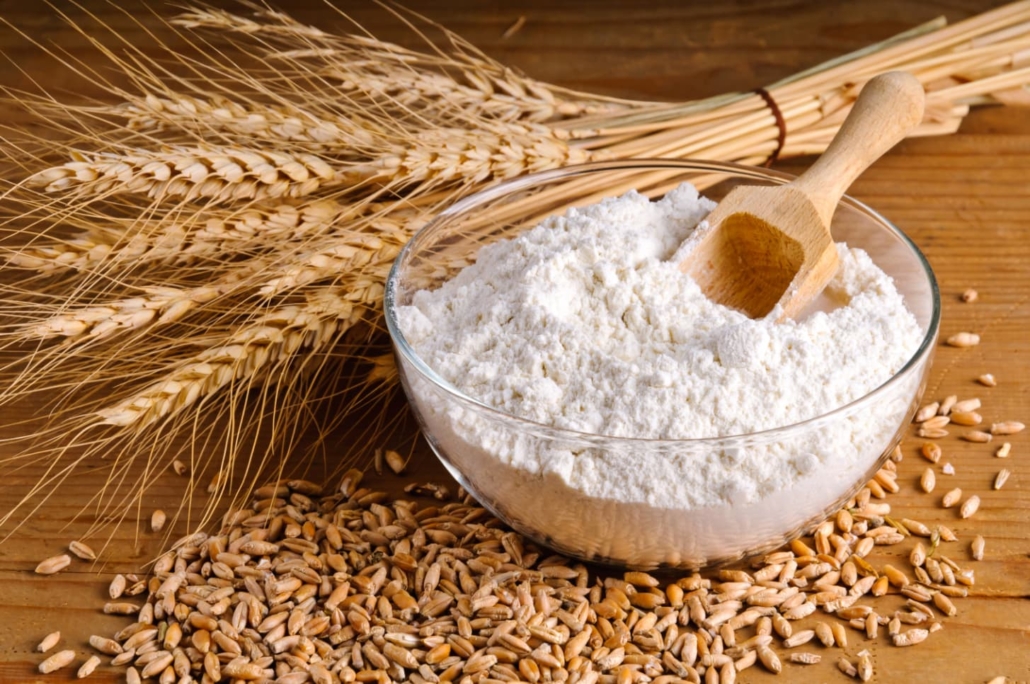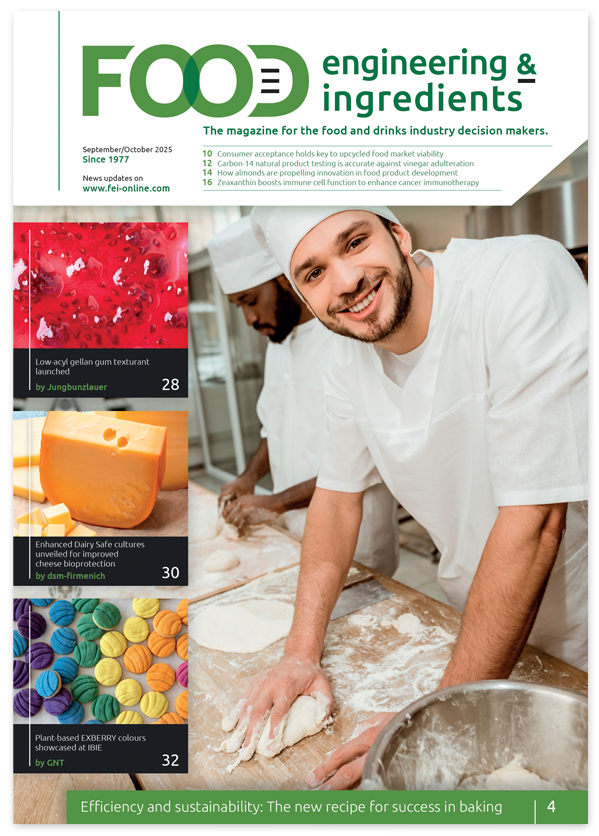Nutrient content analysis reveals stark differences between whole wheat and refined flour
A groundbreaking study has shed new light on the nutritional disparities between whole wheat and refined flour products, offering valuable insights for food scientists and nutritionists. The research, presented at NUTRITION 2024 (held in Chicago from June 29 to July 2), the flagship annual meeting of the American Society for Nutrition, traces the journey of nutrients from farm to table, providing a comprehensive analysis of how processing and baking influence nutrient composition at each stage.
Researchers obtained raw wheat kernels from a single farm source and processed them into three distinct flour types:
- Intact whole wheat flour (stone-milled)
- Reconstituted whole wheat flour (roller-milled)
- Refined white flour (roller-milled with bran and germ removed)
These flours were then used to prepare breads. The study assessed levels of major minerals (calcium, magnesium, phosphorous, potassium), trace minerals (copper, iron, molybdenum, zinc), carotenoids, and vitamin E at each processing step.
Key findings
The research revealed significant differences in nutrient content between whole wheat and refined flour products:
- Major minerals: Levels remained virtually unchanged in whole wheat flours from kernel to flour to bread. However, in refined flours and breads, these minerals were reduced by up to 72% compared to wheat kernels.
- Trace minerals: Interestingly, some trace mineral levels increased during processing of whole wheat flours. In contrast, refined flours and breads showed reductions of up to 64% compared to wheat kernels.
- Vitamin E: Substantial reductions were observed across all flour types during processing and baking. Breads made with all flour types contained less than one-fifth the amount of vitamin E present in wheat kernels.
- Carotenoids: Levels were markedly reduced when flours were baked into breads, with all breads containing less than one-quarter the amount of carotenoids found in wheat kernels.
Implications for nutritional guidelines
The study underscores the importance of whole grain consumption, aligning with current dietary recommendations. Dr David Killilea, a researcher at the University of California San Francisco, emphasised: “Whole grains have an important role to play in the nutritional palette of the Western diet, and we strongly support the promotion of whole grain consumption.”
This research provides empirical evidence supporting the Dietary Guidelines for Americans, which recommend that whole grains constitute at least half of total grain consumption. However, current data suggests that most individuals fall short of this recommendation.
Future research directions
The research team plans to expand their investigation into how different farming and processing practices could influence the nutrient density of wheat and wheat products. Given the significant health concerns surrounding inadequacies of vitamins A and E in the United States, future studies will focus particularly on whether fermentation or other processes could help preserve the vitamin content of wheat products.
Bridging the gap between agriculture and nutrition
This study represents a significant step forward in understanding the nutritional journey of wheat products. Dr Killilea noted: “Tracking nutrient content from farm to table is key for appraising what agricultural products actually contribute to the diet. Our experimental approach revealed that both milling and baking had significant impacts on multiple nutrient levels within wheat flour and bread.”
By providing a comprehensive analysis of nutrient changes throughout the processing chain, this research offers valuable insights for food scientists, nutritionists, and policymakers alike. It highlights the need for continued research and innovation in food processing techniques to maximise the nutritional value of wheat-based products.
Studies like this play a crucial role in informing product development and dietary recommendations. The stark differences in nutrient content between whole wheat and refined flour products underscore the importance of whole grain consumption and the need for processing methods that preserve nutrient density.
Dr Killilea concluded: “Processes that enrich the nutrient density of wheat-based foods should be encouraged, while processes that deplete nutrient density should be understood.”
This research provides a solid foundation for future studies aimed at optimising the nutritional value of wheat products, potentially leading to innovations in food processing and formulation that could have far-reaching impacts on public health.




